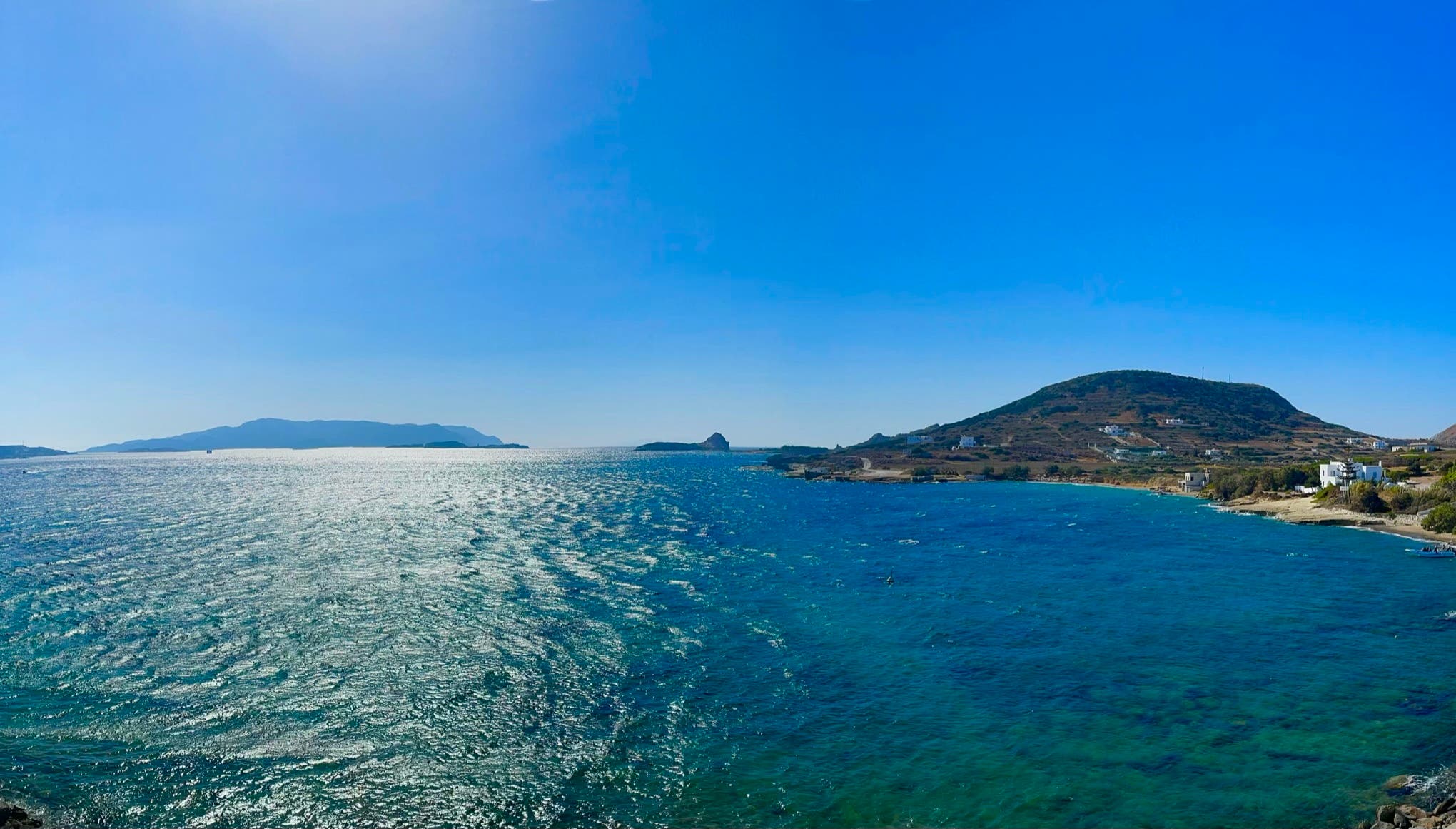Wave Devouring Propulsion: A Revolutionary Green Technology For Maritime Sustainability

Last Updated on: 28th November 2023, 01:11 am
A new form of wave devouring propulsion (WDP) could power ships and help to cut greenhouse gas emissions in the maritime industry.
Academics from Cranfield University have worked on the concept of using wave energy for propulsion, and designed an inventive method of achieving greater thrust from the power of the waves by harnessing a vessel’s submerged flapping foils in an innovative way.
Inspiration from whale fins
Taking inspiration from the power of a whale’s fins, the team studied the structure and movement of the tail fin to unravel how it effectively uses wave energy for propulsion. Through simulations and experiments, they developed and integrated a simplified version of the whale’s tail fin action into a ship’s power system.
WDP technology offers a range of benefits, making it a compelling solution for the marine industry. Not only does it reduce fuel costs, it also significantly enhances marine craft propulsion. This green technology can find applications in small, unmanned vessels and can be seamlessly integrated into hybrid propulsion systems, including those powered by electricity, hydrogen, or fossil fuels. It also has the potential to achieve carbon reduction targets and contribute to the sustainable development goals of the shipping industry.
Dr Liang Yang, Lecturer in Marine Renewable Energy Systems at Cranfield University, led the research and said: “Wave Devouring Propulsion (WDP) could act as a transformative force in maritime sustainability. Our research pioneers a novel approach to propel ships using the boundless energy of waves.
“We’re not just reducing emissions; we’re navigating towards a future where carbon reduction targets are met, and the shipping industry aligns with sustainable development goals.”
The funding for the project was delivered as part of the Transport Research and Innovation Grants (TRIG) from the Department for Transport.
To read the research paper “Wave devouring propulsion: an overview of flapping foil propulsion technology in full,” visit the ScienceDirect website.
Courtesy of Cranfield University.
Sign up for CleanTechnica's Weekly Substack for Zach and Scott's in-depth analyses and high level summaries, sign up for our daily newsletter, and follow us on Google News!
Have a tip for CleanTechnica? Want to advertise? Want to suggest a guest for our CleanTech Talk podcast? Contact us here.
Sign up for our daily newsletter for 15 new cleantech stories a day. Or sign up for our weekly one on top stories of the week if daily is too frequent.
CleanTechnica uses affiliate links. See our policy here.
CleanTechnica's Comment Policy

